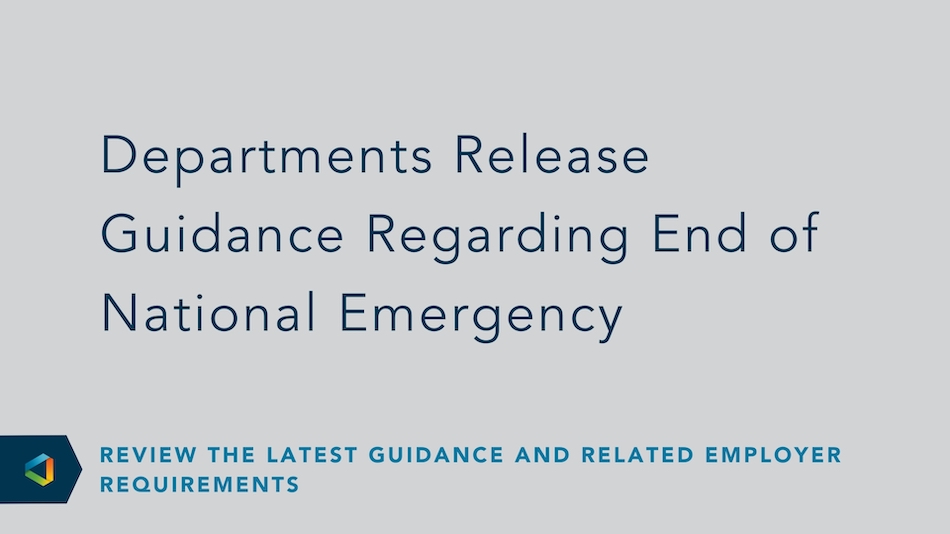Compliance Confidence
Health Care Reform: What’s in Store for 2019?
Health Care Reform: What’s in Store for 2019?
Thursday, January 3, marks the date when our 116th Congress takes office.
With more than 100 new faces in Congress, a new Democratic Party majority in the House, and a new ruling from a federal judge declaring the Affordable Care Act (ACA) unconstitutional, we can be sure that healthcare will have a spotlight in 2019.
Let’s look briefly at each government branch and the challenges and opportunities they face in the coming year:
Legislative Branch
As Congress takes their seats, new freshmen will mix with veteran legislators who have a history dealing with health care reform. Here is a summary of the Party seats for both Chambers:
Chamber |
Democrat |
Republican |
Independent |
Votes Needed for Majority |
| House | 235 | 199 | 218 | |
| Senate | 45 | 53 | 2 | 51 |
-
Opportunities
- House: Democrats, now holding the majority of seats in the House, have the opportunity to pass more legislation than in the past Congress. There is a potential to see more efforts to revise and make the current law more workable.
- Senate: Once again, there is Republican control, but this time they have a larger majority potentially leading to greater opportunity to introduce and pass legislation. With the narrow margin in the last session and the polarization of views on health care reform, only a few bills made it to the floor for vote.
-
Challenges
Coupling a Democratic Party majority in the House with a Republican President and Senate majority may not create the best climate for passing healthcare legislation. The secret will be to understand where political common ground and impactful ACA modifications intersect.
Executive Branch
Competing presidential priorities will take center stage. From funding, border security, the opioid crisis, foreign relations and other significant factors affecting the government, the President will surely not focus solely on healthcare. However, as one of his campaign promises and with two more years until the next Presidential election, he will feel the pressure to make greater strides. A lot will ride on the looming judicial decision on the ACA’s constitutionality.
-
Opportunities
Achieving consensus between the House, Senate and the President will be challenging. The use of the regulatory agencies, e.g. the Department of Health and Human Services (HHS), Treasury, the Internal Revenue Service (IRS), and Department of Labor (DOL), may prove to be the best avenue for imposing changes that achieve the President’s healthcare goal of “increasing freedom, choice, and opportunity for the American people.” The 2018 regulations expanding association health plans, health reimbursement arrangements (HRAs), and short-term limited duration insurance (STLDI) plans are good examples of non-legislative changes that can modify the healthcare insurance marketplace.
-
Challenges
Certainly, public opinion will play a part in the priority that health care reform takes. Its role in the upcoming 2020 Presidential election will influence the likelihood of execution and speed with which legislative and regulatory actions transpire. The uncertainty surrounding the ACA may also delay any desire to take action until appeals settle and there is a final determination.
Judicial Branch
Of greatest focus is the pending appeal of the federal district judge’s decision declaring the ACA unconstitutional on December 14. In a recent announcement, the judge clarifies that the ACA still stands during the appeal process. The timing of the appeal and process is unknown.
-
Opportunities
This may well be the best chance to provide a directive to all on the sustainability of this law and its provisions. Any final decision will significantly affect the next legislative and regulatory actions taken on health care reform.
-
Challenges
With many groups lining up to oppose the TX judge’s ruling, this may prove to be a long process. Additionally, the ruling details a number of other points that need addressing regardless of the outcome. In the interim, the ACA remains status quo.




